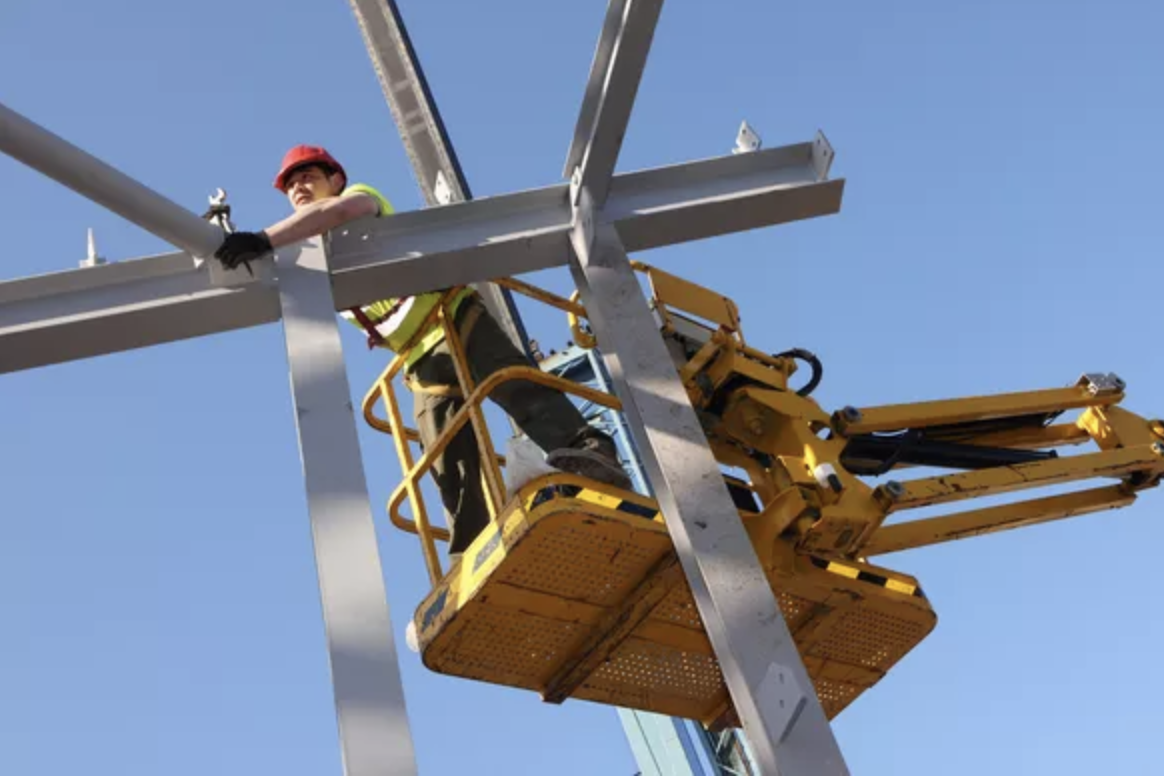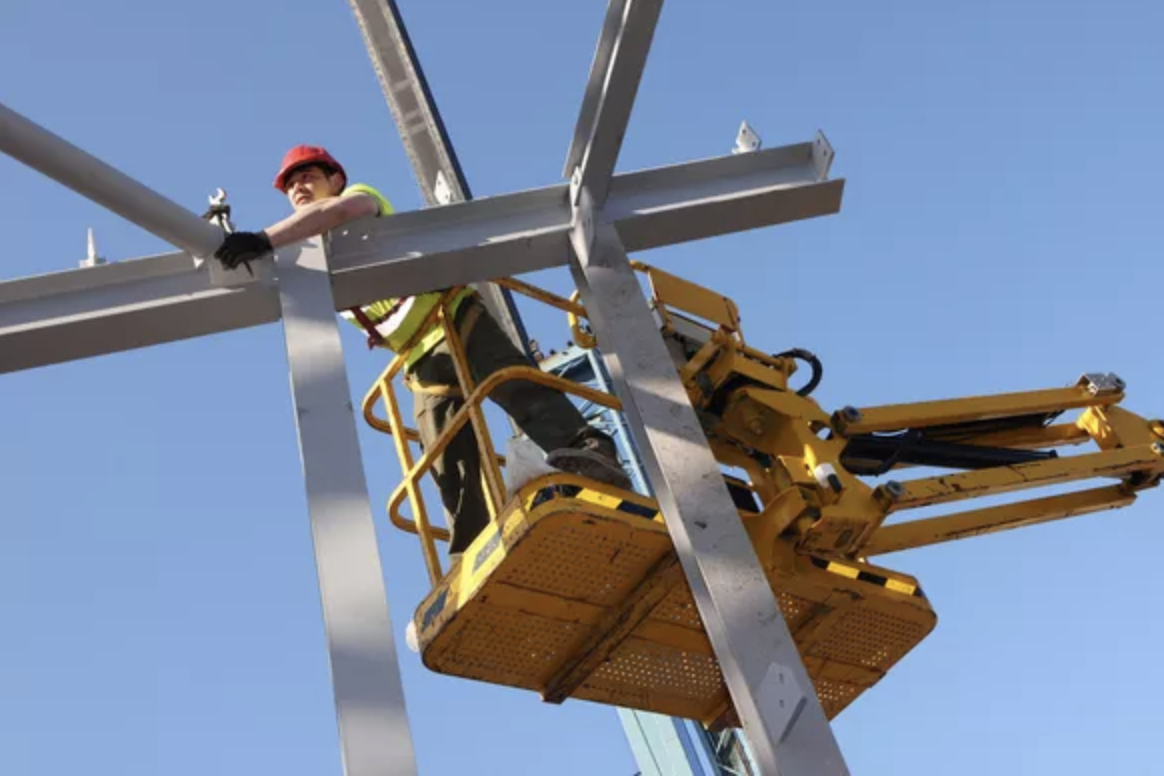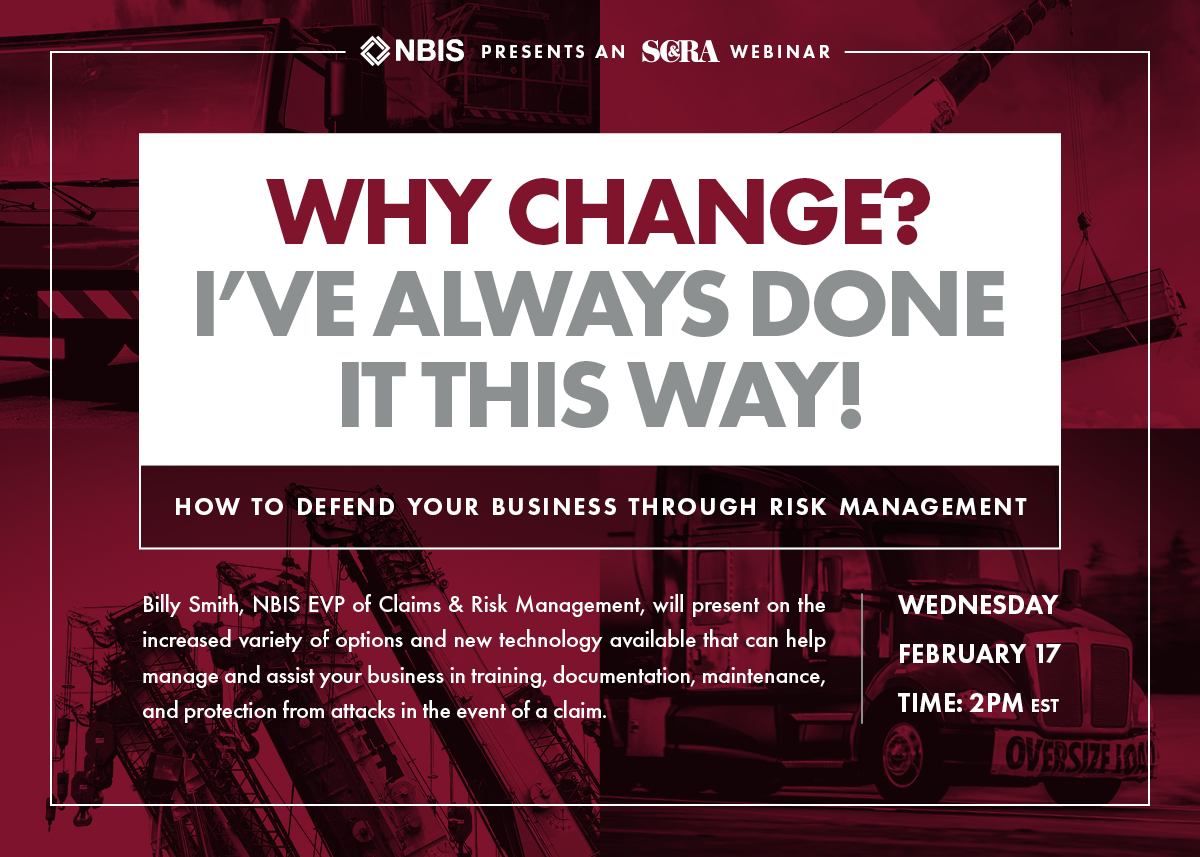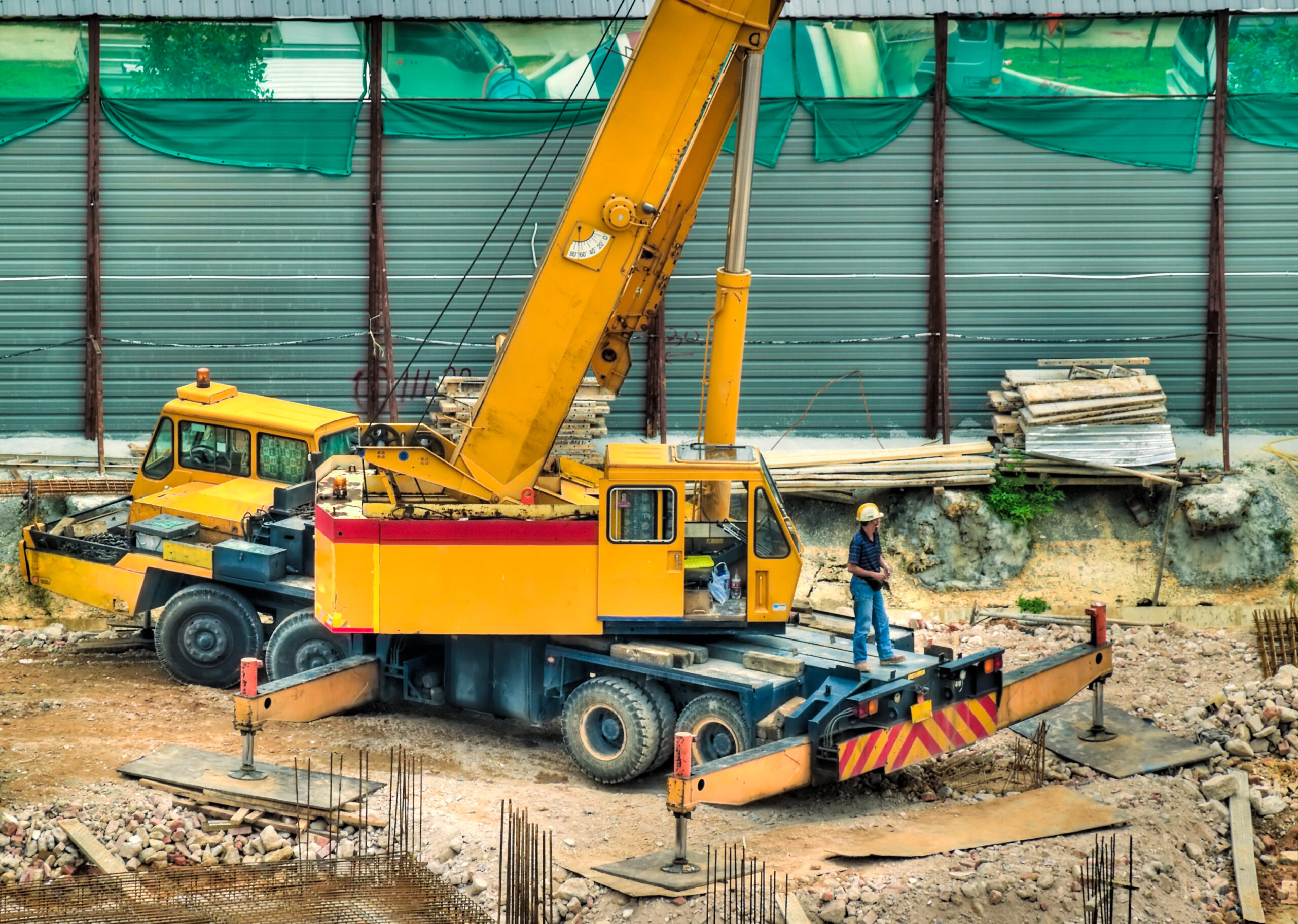Simple ways to become a better risk
When it comes to controlling how much your insurance policy costs year over year, there are some things you can control and some things you can’t. Market trends, nuclear verdicts, investment returns – they’re all factors that every insurance buyer is subject to; therefore, there isn’t much you can do to change their impact. However, it’s not all out of your control. There is always a short list of small changes you can make to create a big impact on your business – and make you a better risk.
First Things First – Get your CONTRACTS right
Every business in the construction industry can succeed or fail based almost solely on its contract. Negotiating contract language can be a long and difficult process, but it’s ultimately one of the most important things you can do before commencing work on a job site.
At NBIS, we believe a good contract or job ticket should contain the following key provisions.
- Indemnification or partial indemnification: Indemnity is a promise – a promise to pay for possible damage, loss or injury. Insisting that the language reads in such a way that your company only has to respond to losses that result from your own negligent operation is one way to ensure you’ve got a fighting chance in court.
- Insurance: An insurance provision in your agreement is the easiest way to shield your company from paying for claims that you do not owe. This provision specifies exactly what limits of coverage your customer needs to provide, the financial rating required of its insurance company (usually an A.M. Best Company rating) and in what circumstances your customer’s insurance policy will extend coverage to you as an “additional insured.”
- Operation of equipment provision: This is very important because it provides a strong “borrowed servant” argument for the actions taken by your operator. In a successful borrowed servant situation, you increase your chance of being protected from any action brought against you by your customer’s employee, should they be hurt. Additionally, incorporating certain industry safety standards ties the parties in your agreement to the stipulations and responsibilities required under the ANSI-approved standards.
- Ground conditions: One of the responsibilities assigned in this provision is that for ground conditions and ground stability. Oftentimes, your operator will not be knowledgeable about the ground conditions where the crane will be operating, especially if this is the first day on a job site. In construction, OSHA requires the Controlling Entity to be responsible for assuring the ground conditions are adequate. Having certain language in your contract/job ticket also helps put your company in a better position to defend against unknown hazards.
- Power lines: Our recommended provision states that it is the responsibility of the customer/lessee of the equipment to keep the crane away from power line hazards, and to get the power lines de-energized if the crane will be working around them.
Read the next part of this 4 part series on becoming less risky: “On-going safety training”. NBIS Policyholders receive many of the benefits in this four part series FREE as part of their Insured Benefit. Not an NBIS Customer? Contact your agent and ask for an NBIS quote. #NBIS #BetterInsurance






